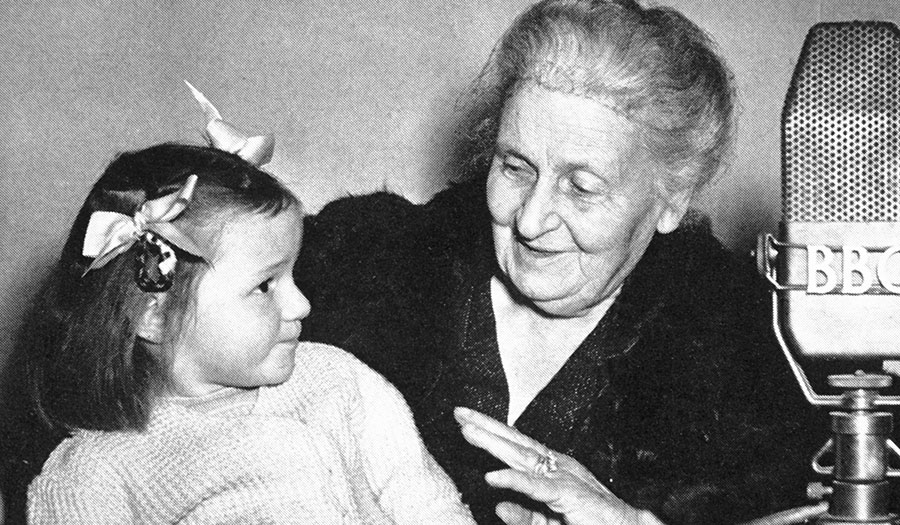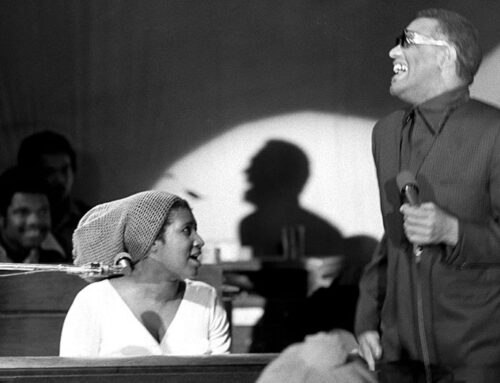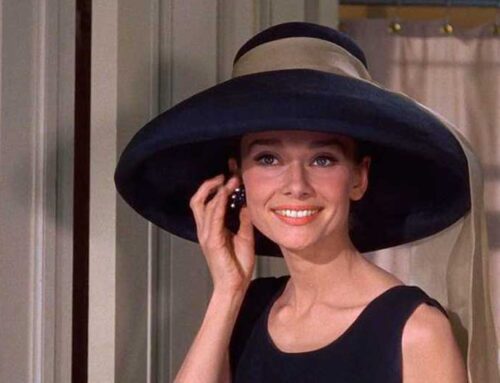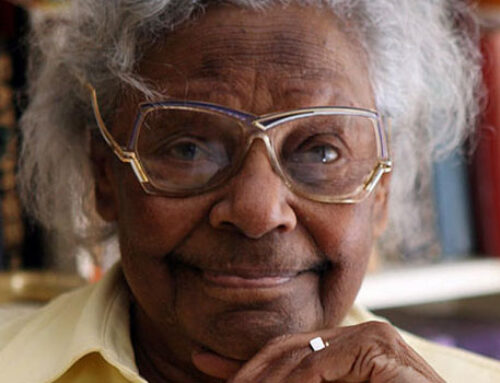Born in Italy in 1870, Maria Montessori enrolled in the University of Rome’s school of medicine in 1893. As a woman, she faced hostility from both fellow students and professors, but despite opposition, graduated with her degree and set up a private practice.
Montessori rapidly became an advocate for both women’s rights and the rights of children with disabilities. In 1901, she left her practice to engage in further study in psychology and educational philosophy, and began considering how to adapt the methods she used for general classroom use.
Asked to oversee the education of children of working low-income parents in Rome, she transformed the traditional classroom by introducing child-sized desks and chairs, child-accessible shelving, encouraged caring for the environment and the self and new literacy methods and materials. By the end of 1911, Maria’s methods had been adopted in Italian and Swiss public schools.
By the time she died in 1952, Maria Montessori had revolutionised the way educators and parents thought about child development. Her legacy is obvious in both public school systems and in the Montessori schools that can be found around the world today.




